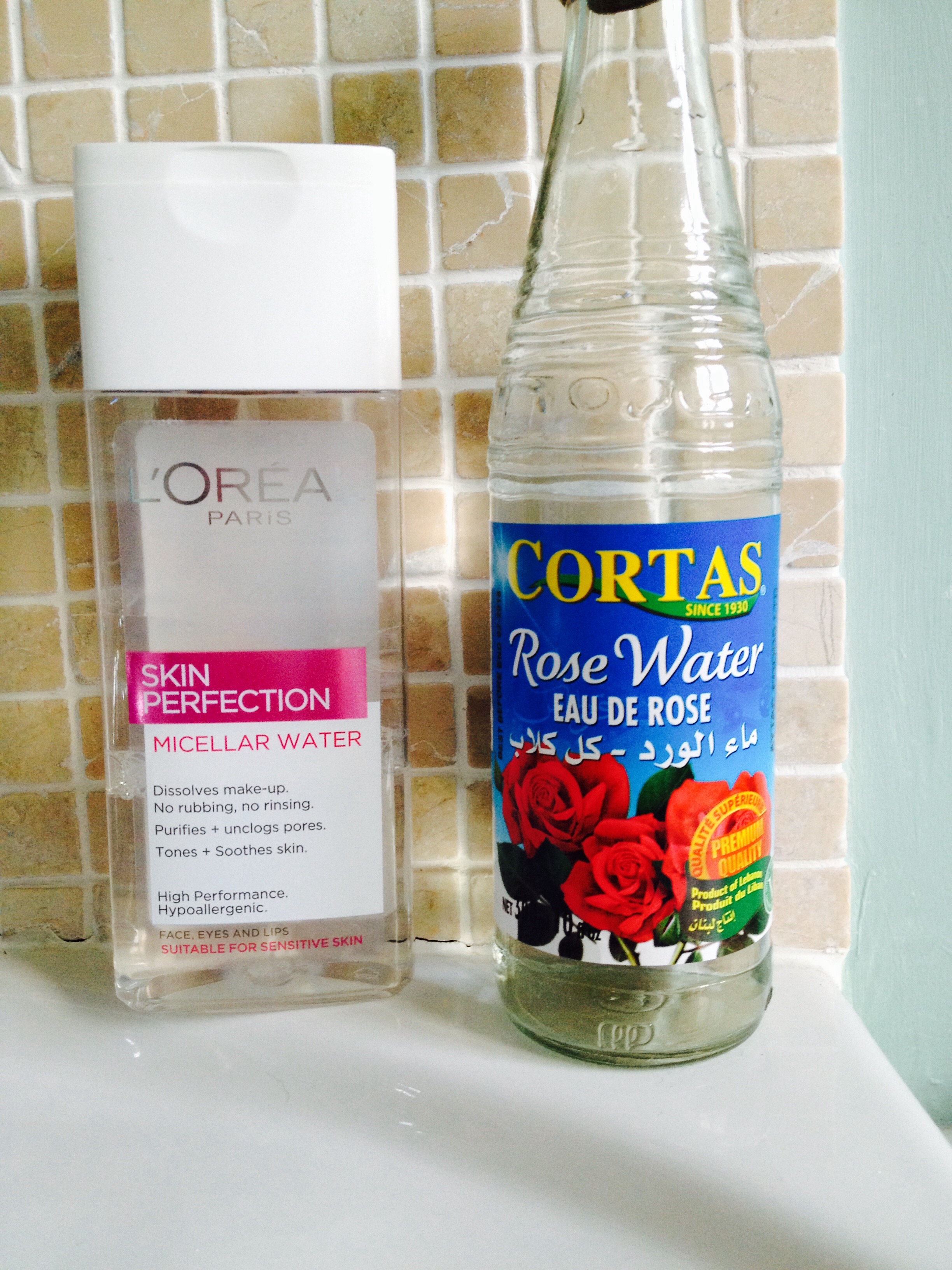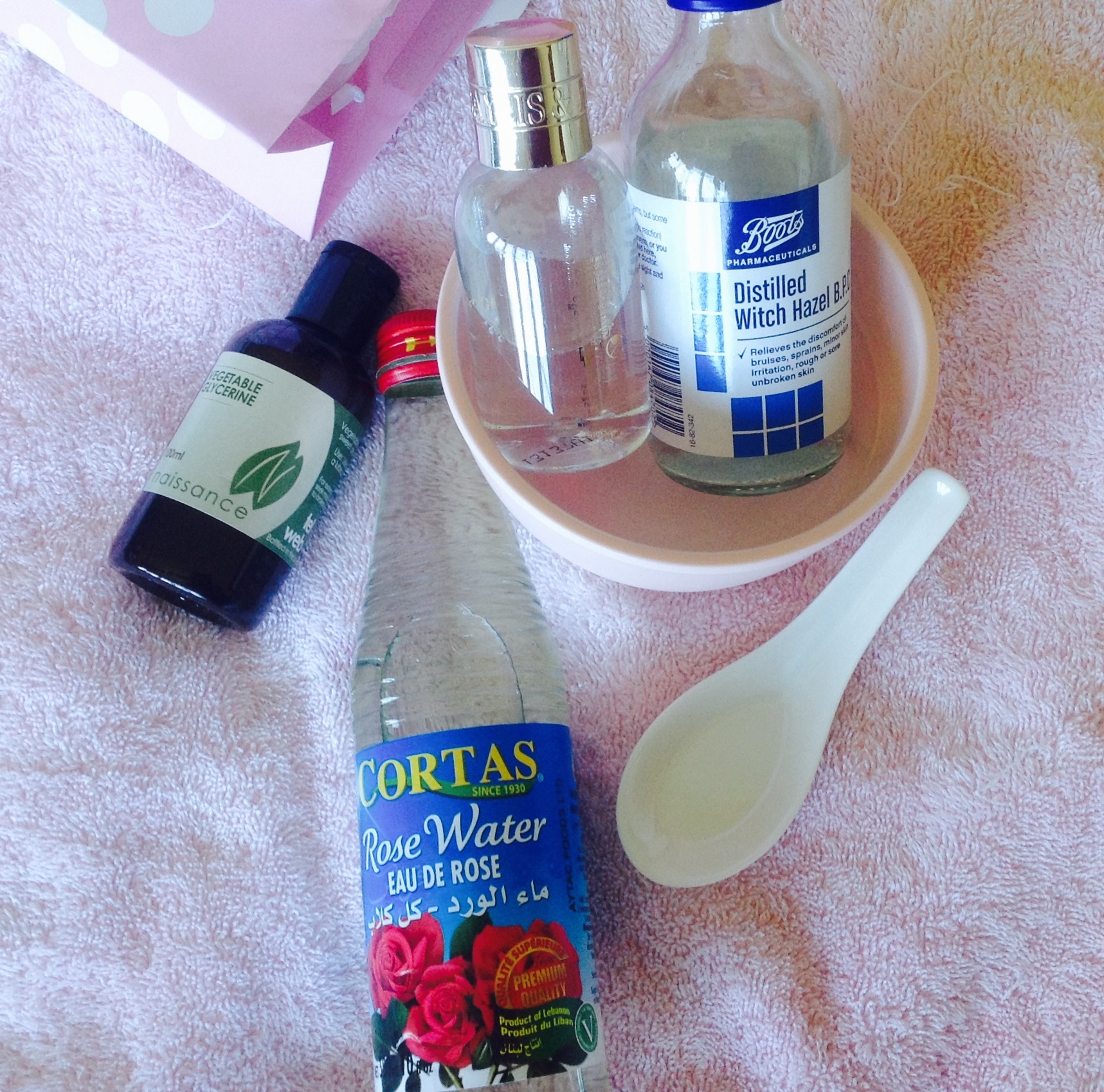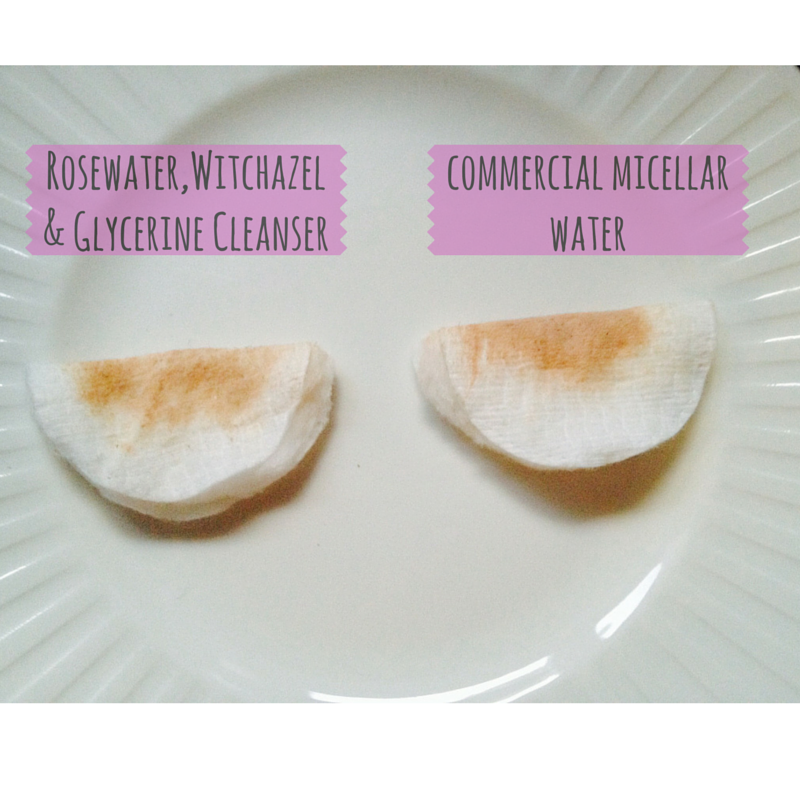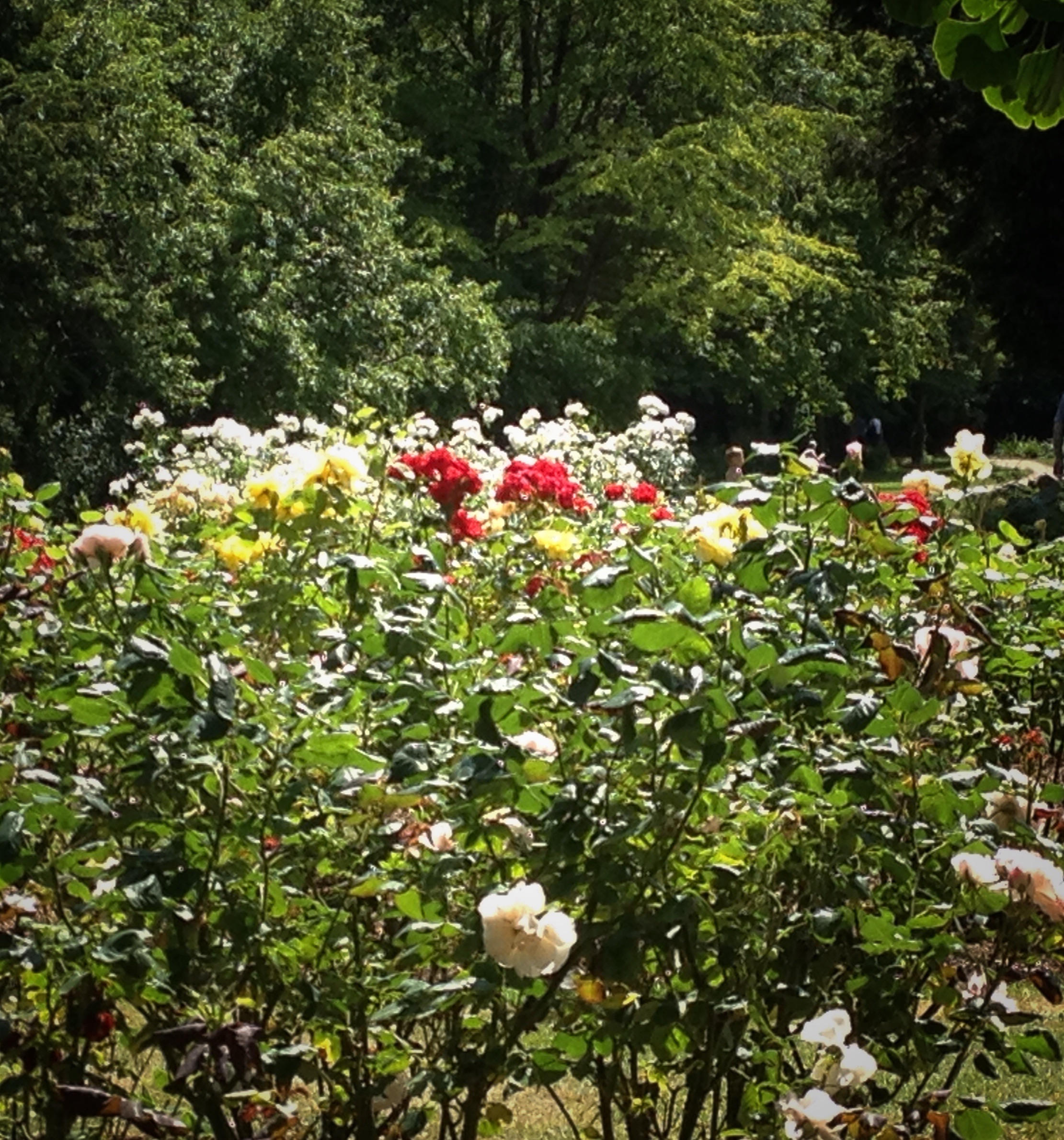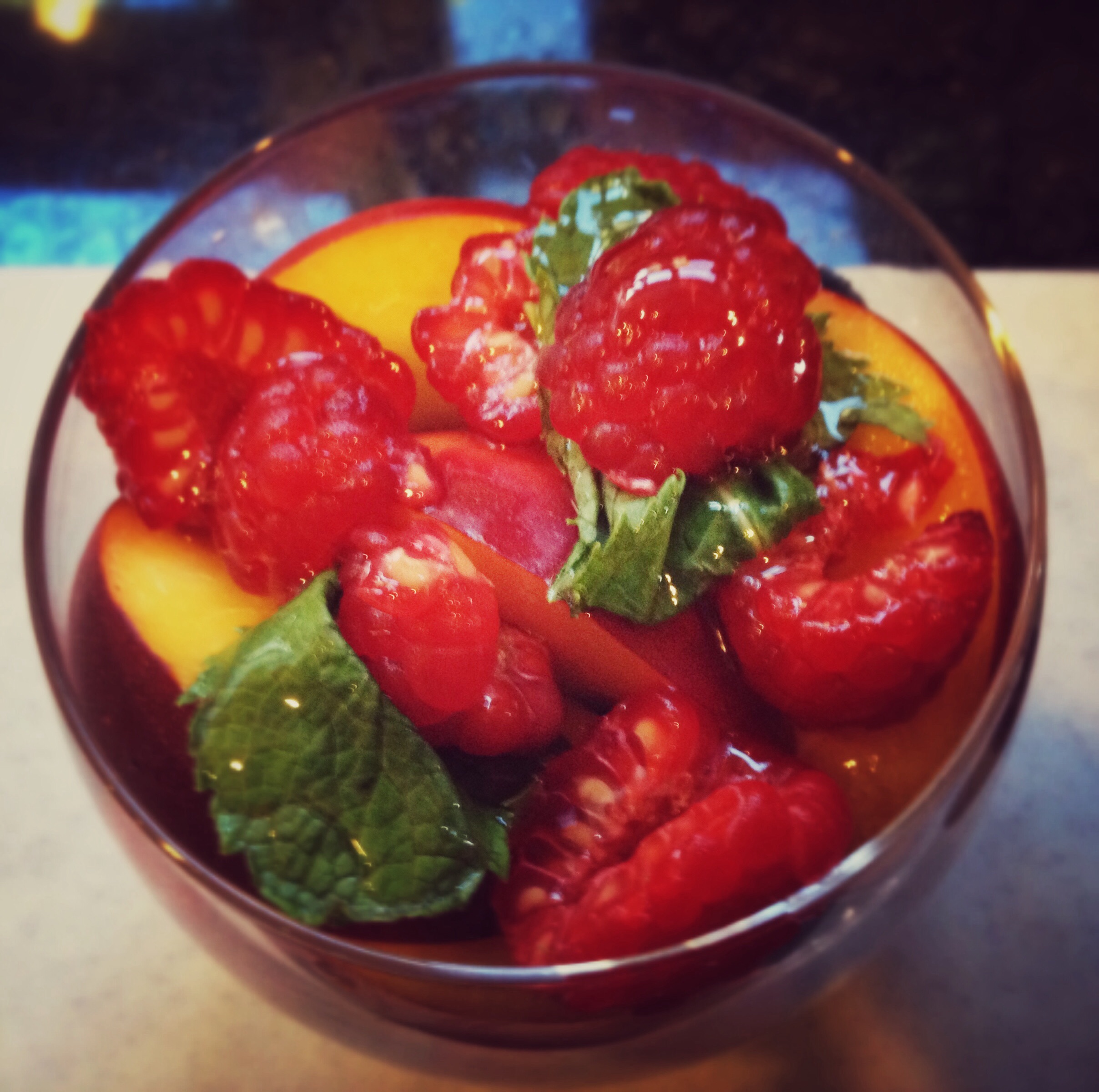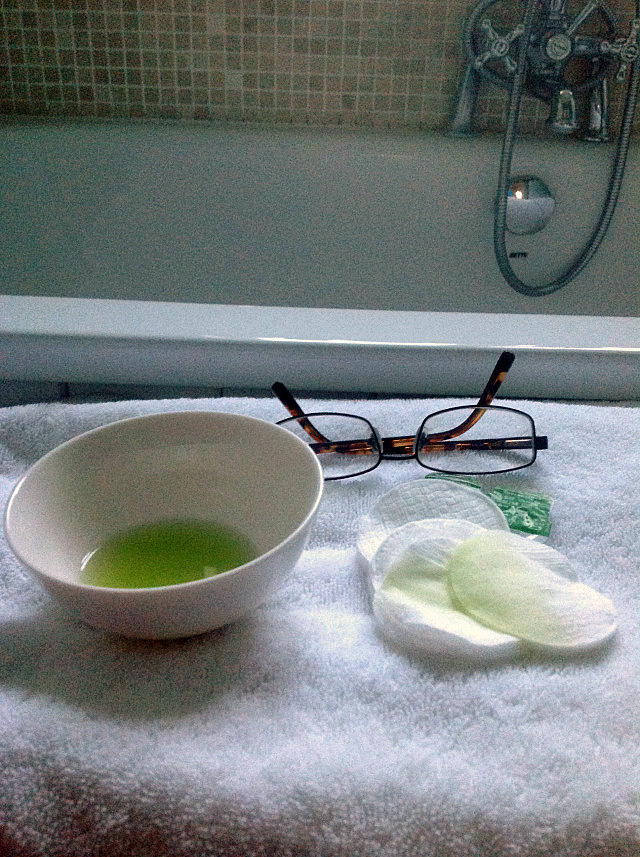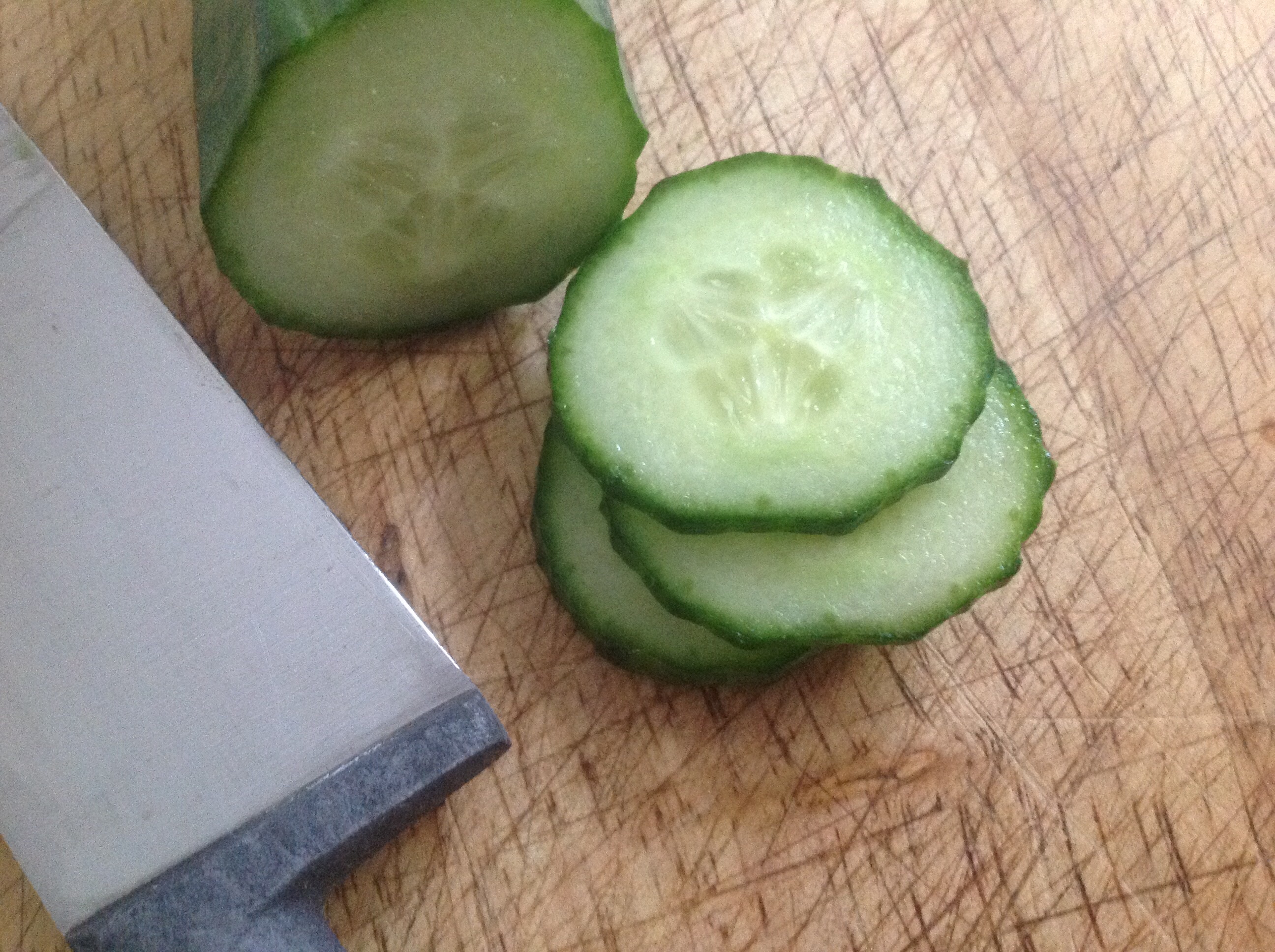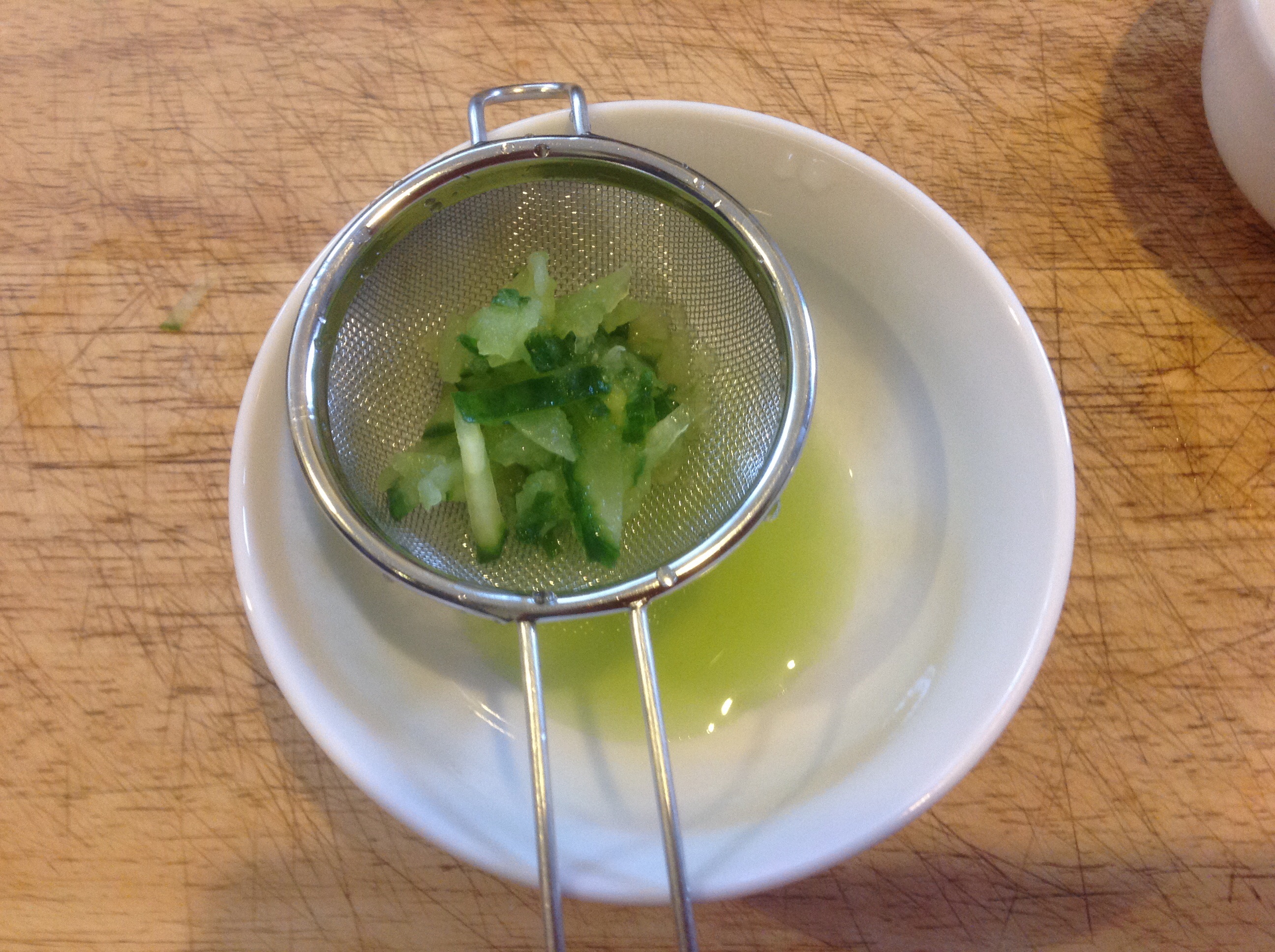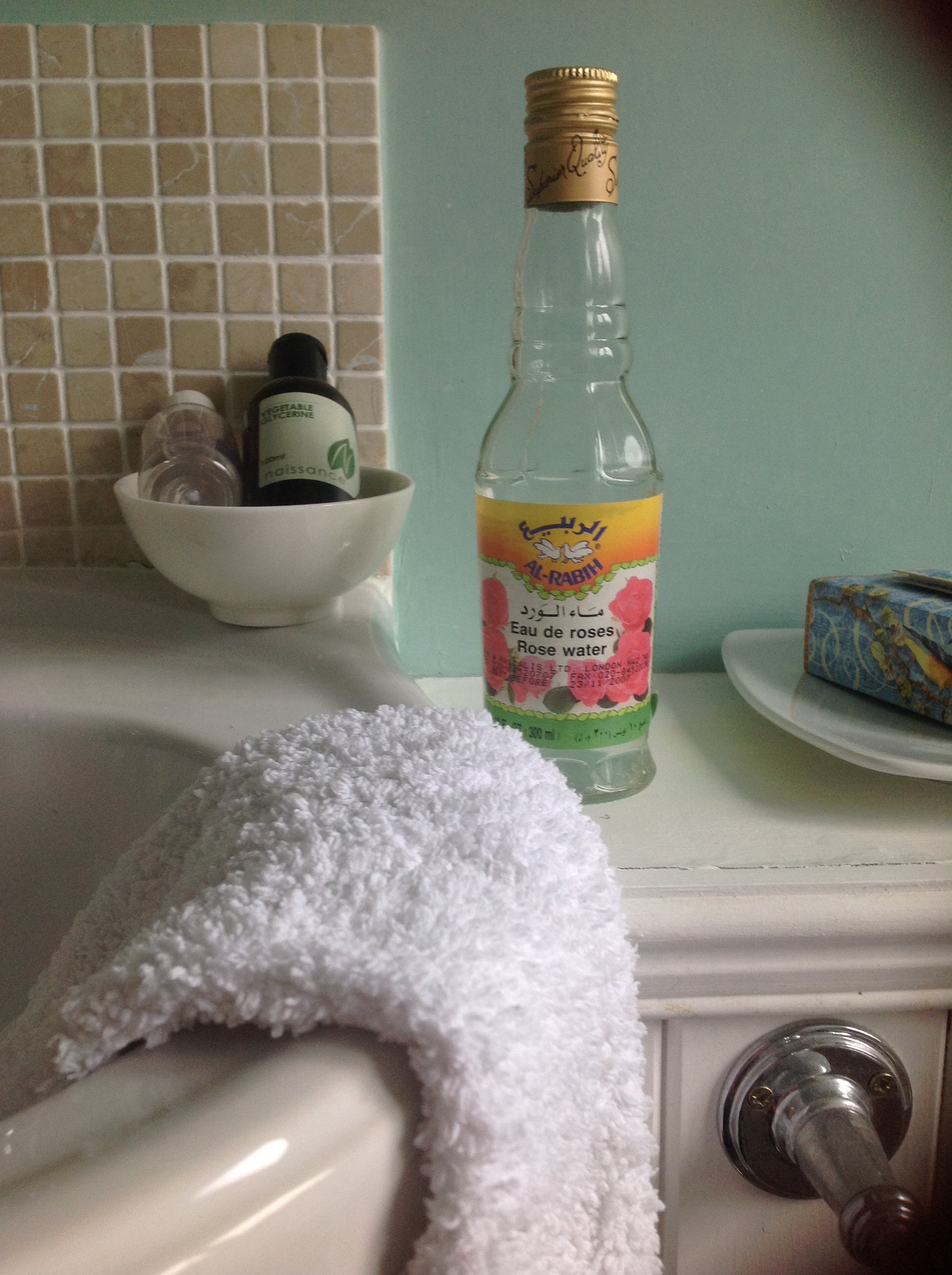
With the recent haul of Jojoba and Argan Oil, I’ve been working on a new skin care recipe that is rich, packed full of ingredients to moisturise and pamper dry skin.
The ingredients that made it into this Body Oil:
Aloe Vera. The version I have is 99.9% pure. It is packed full of nutrients that are great for the skin such as beta carotene, which is converted into Vitamin A, (found also in carrots). It also includes Vitamin C and E which improves skin tone and firmness. It is chosen by skin care brands for its ability to reduce wrinkles associated with aging. I keep a small jar of this in my medicine cupboard, as it has many uses and apply it neat to the kids skin to soothe bug bites and sunburn.
 Glycerine has been used traditionally in many skin care preparations, such as a facial toner. I’ve been using it in a skin care recipe as an alternative to Micellar Water. It’s a handy all in one facial cleanser and toner, that is great to take make-up off when I’m in a hurry.
Glycerine has been used traditionally in many skin care preparations, such as a facial toner. I’ve been using it in a skin care recipe as an alternative to Micellar Water. It’s a handy all in one facial cleanser and toner, that is great to take make-up off when I’m in a hurry.
As it’s used in cosmetics as a carrying ingredient and will work to carry Aloe Vera so that it can be absorbed into the skin.
Jojoba Oil is a premium oil used in aromatherapy and is used for dilutions of rare and expensive essential oils such as Rose and Jasmine, as it has no odour. It’s also packed full of Vitamin E and contains a substance called Oleic acid which is great for skin, you can read more about its benefits on the Jojoba oil site. As it’s also a non-greasy oil, it will leave a soft satiny feel to skin.
I use Rosewater in a lot of skin care, it’s so mild and gentle to use for the whole family, and is lovely drizzled over a fruit salad with some honey. You can read about some of its benefits in this Rosewater and Glycerine Toner recipe. Mostly, I love its floral fragrance.
Geranium Essential Oil has a floral fragrance similar to rose, its uplifting and keeps summer bugs away. I take a bottle of this with us when ever we go on holiday as it’s a much healthier alternative to commercial air fresheners. As it’s such a small bottle, it’s so easy to pack. Dispersed in a cup of water, it will freshen up any room, particularly useful in hotels that have had smoking guests stay.
It has antibacterial properties, balances skin that’s prone to acne and helps fade scars and marks. As it’s an all-rounder, I’m using it to help towards firmer looking skin.
Ylang Ylang Essential Oil, is one of my favourite fragrances, it’s heady and supposed to have aphrodisiac properties. A discovery whilst on honeymoon. For me this is bottled paradise and I’m always looking for ways to include it in skin care. It’s great to include in massage oils to revive and rejuvenate.
Lemon Essential Oil, another of my favourite fragrances. As Geranium and Ylang Ylang will make this body oil intensely floral, I have added this to balance out the fragrance of this body oil.
Vodka – for dispersing oil in water (it’s great as it’s odourless and natural, I like it in a cocktail too.)
The mix is simple, in a 100ml spray bottle add the following:
15 ml (1 tablespoon) Aloe Vera
15 ml (1 tablespoon) Rosewater
15 ml (1 tablespoon) Glycerine
30 ml (2 tablespoons) JoJoba Oil
15 ml Alcohol – plain vodka as this has no odour and will help disperse/mix oil with water
10 drops Geranium Essential Oil
10 drops Ylang Ylang Essential Oil
15 drops Lemon Essential Oil
Add the Jojoba oil into the bottle first, (I use a funnel to make this easier) and then add the Essential Oils, to blend together, (just swirl the bottle around), once blended, add Aloe Vera, I did this by putting in a small amount into the funnel and adding a small amount of Rosewater, until both were in the bottle then add the Glycerine.
Finally add the alcohol and put the mist spray top on and shake to combine all the ingredients.
The spray can be used immediately, to fully appreciate the fragrance, the scent from the essential oil will take about a week to fully develop. You can of course vary the essential oils to suit your own preferences.
Hmmm, there’s just one thing more, if you’d like to make this a completely indulgent experience, you might like to try the Lavender and Ylang Ylang bath soak before using this body spray.
If you enjoyed this post, please stop by often for more natural skincare and food ideas
Like this:
Like Loading...














































